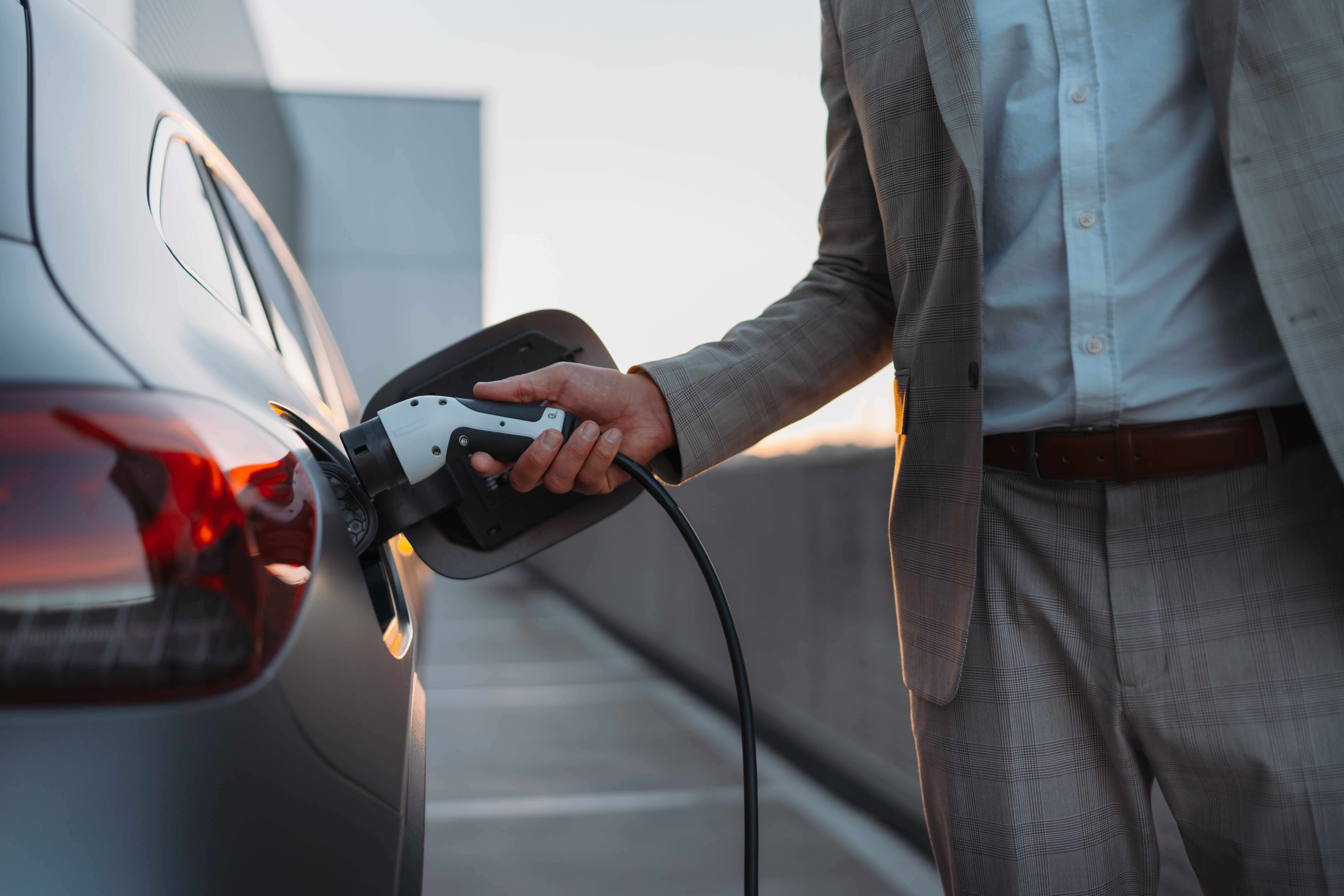Using telematics data from fleet vehicles to charge electric vehicles at home offers a number of advantages and can be used in various ways:
Optimizing the charging process
Telematics data can be used to determine the best time to charge, based on driving habits and the vehicle's actual energy consumption. For example, charging can be planned in times of low electricity tariffs or low network load, which leads to cost savings.
Charge planning and management
By analyzing telematics data, such as vehicle location, remaining range and planned routes, companies can plan more efficiently when and where their electric vehicles should be charged. This helps to minimize downtime and maximize vehicle availability.
Charging demand prediction
Telematics data makes it possible to identify patterns in driving behavior and predict future charging requirements. This is particularly useful for fleet management and planning, as it helps to plan charging processes in advance and avoid bottlenecks.
Remote charging monitoring and control
By integrating telematics systems, fleet managers can monitor and control the charging process remotely. This enables the charging infrastructure to be used more efficiently and can help prevent overcharging or insufficient charging.
Reporting and analysis
Telematics data provides detailed insights into the use and efficiency of electric vehicles in the fleet. They can be used to generate reports that analyze performance, identify costs, and identify optimization opportunities.
Exact reimbursement of private electricity purchases
Thanks to the equipping of fleet vehicles with adapters and the appropriate targeted evaluation of telematics data, a precise calculation of the charges charged at home can be calculated, reported and billed. This means fairer compensation for companies and drivers.
Integration with smart home systems
For vehicles that are charged at home, telematics data can be linked to smart home systems to coordinate the charging process with other domestic energy consumers and improve overall energy efficiency.
Support for load management and grid stabilization
By collecting and analyzing telematics data, companies can improve load management by adapting their vehicles' charging times to the needs of the power grid, which helps to stabilize the grid.
Overall, telematics data from fleet vehicles enables a smarter, more cost-effective and more environmentally friendly use of the charging infrastructure for electric vehicles at home.




